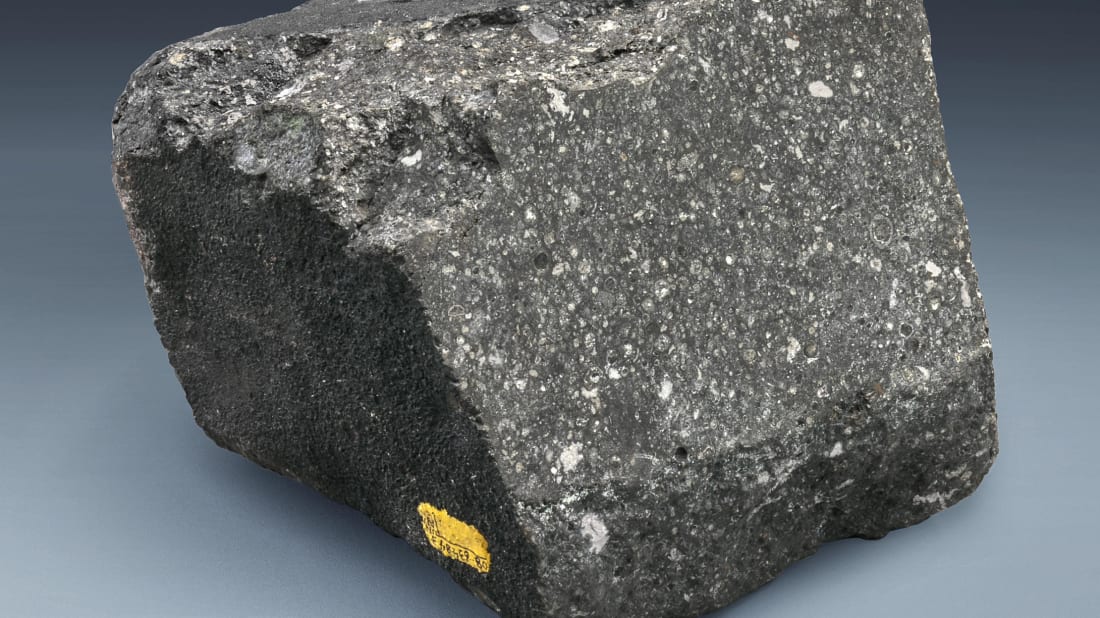
This is very unusual, as most if not all of the craters where tektites may have formed were underwater before impact.Īlso, partially melted zircons have been discovered inside a handful of tektites. Tektites are amongst the "driest" rocks, with an average water content of 0.005%. Tektites are typically black or olive-green (such Libya Glass), and their shape varies from rounded (spherical) to irregular (splash from or tear drops etc.). Tektites (from Greek tektos, molten) are natural glass rocks up to a few centimetres in size, which most scientists argue were formed by the impact of large meteorites on Earth's surface. Natural & Polished Indochinite Spherical & Teardrop Tektites (Thailand) We do have very small pieces of this material if you are on a very tight budget or want a specimen for a children's collection, just email us and we'll see what we can do for you! Smaller specimens come boxed and labelled and are ideal for gifts.

They are common and a cheaper way to own a large piece of Meteorite without breaking the bank. These are common finds and found easily on the surface but have no classification number assigned to them.

We also have L4-L6 Unclassified Meteorites. Classified as L5 Chondrite, mostly from the NWA 869 strewn field finds of the Berber people of the Sahara and North West Africa. They are very good quality pieces, very clean and not too much weathering. The Larger specimens of these Chondrites have fusion crust and good clean detail, as well as being affordably priced as well. Large Collector specimens and small budget price samples currently available. Age is estimated at 4.6 Billion years old. Thought to have fallen up to 10,000 years ago. The actual acceleration? Thirty-two minutes.NWA, North West African (Tindouf, Algeria) Chondrites & NWA UnclassifiedĪ recently found Meteorite, discovered around the year 2000-2001. To be considered a success, mission planners determined that the orbit of Dimorphos would have to speed up by at least 73 seconds. The mission-which was a first test of the kind of asteroid deflection defense that could be used to protect the Earth from an incoming space rock-worked spectacularly. Rather, all of it is cause for celebration of the success of NASA’s Double Asteroid Redirection Test ( DART), which last September successfully crashed a small spacecraft into the asteroid moonlet Dimorphos, to see how much it could change the speed of its orbit around its parent asteroid Didymos.

The asteroid will make nine more potentially close passes from Feb.

14, 2046 will not be the only time 2023 DW swings by our way. That’s 18 times farther than the moon is from Earth.īut 2023 DW’s distance could change, as NASA itself admits, as further observations of the space rock are conducted and its trajectory is more finely calculated. So where does 2023 DW rank? For now, NASA puts it at a one, indicating “a routine discovery in which a pass near the Earth is predicted that poses no unusual level of danger.” For now, that pass near the Earth will be no closer than 7.5 million km (4.65 million mi.), according to NASA’s Eyes on Asteroids website. NASA calculates the risk a near-Earth object poses of colliding with Earth on something known as the Torino scale, a zero to 10 ranking of the likelihood of impact, with zero representing no danger or, a risk “so low as to be effectively zero.” Five on the scale indicates “A close encounter posing a serious, but still uncertain risk, of regional devastation.” Ten-which the dinosaurs could tell you about if they weren’t all dead-indicates that “a collision is certain, capable of causing global climatic catastrophe that may threaten the future of civilization as we know it.” 15, 2013, a projectile roughly half the size of 2023 DW exploded in the skies over Chelyabinsk, Russia, injuring 1,500 people and damaging more than 7,000 buildings. The bad news is that a swimming pool sized piece of space rubble can still do a lot of damage. It’s nowhere near the 12 km (7.5 mi.) wide asteroid-more than half the length of Manhattan-that wiped out the dinosaurs 65 million years ago. For starters, there’s the size of 2023 DW to consider-which is not that big, but not that small either.


 0 kommentar(er)
0 kommentar(er)
